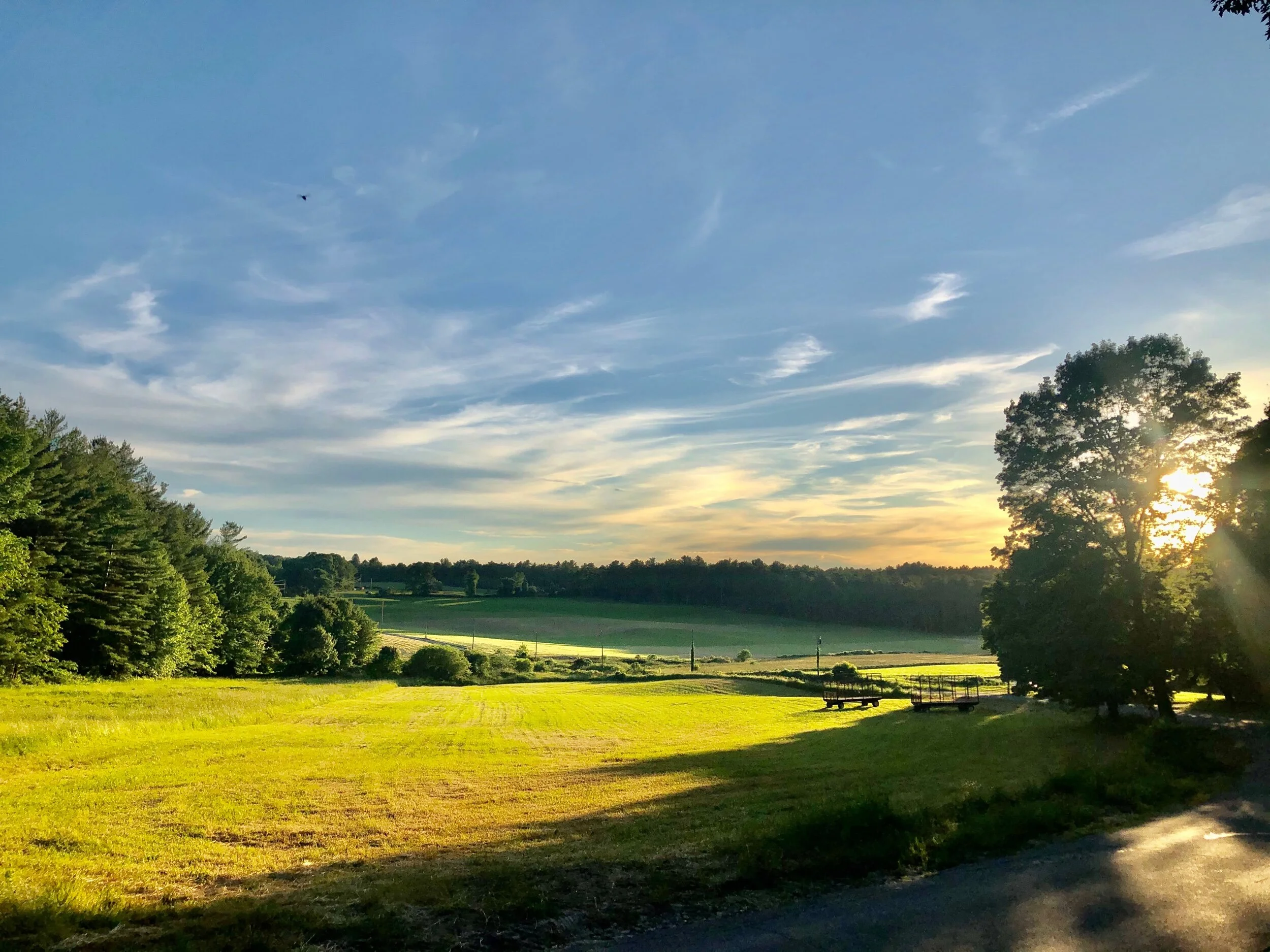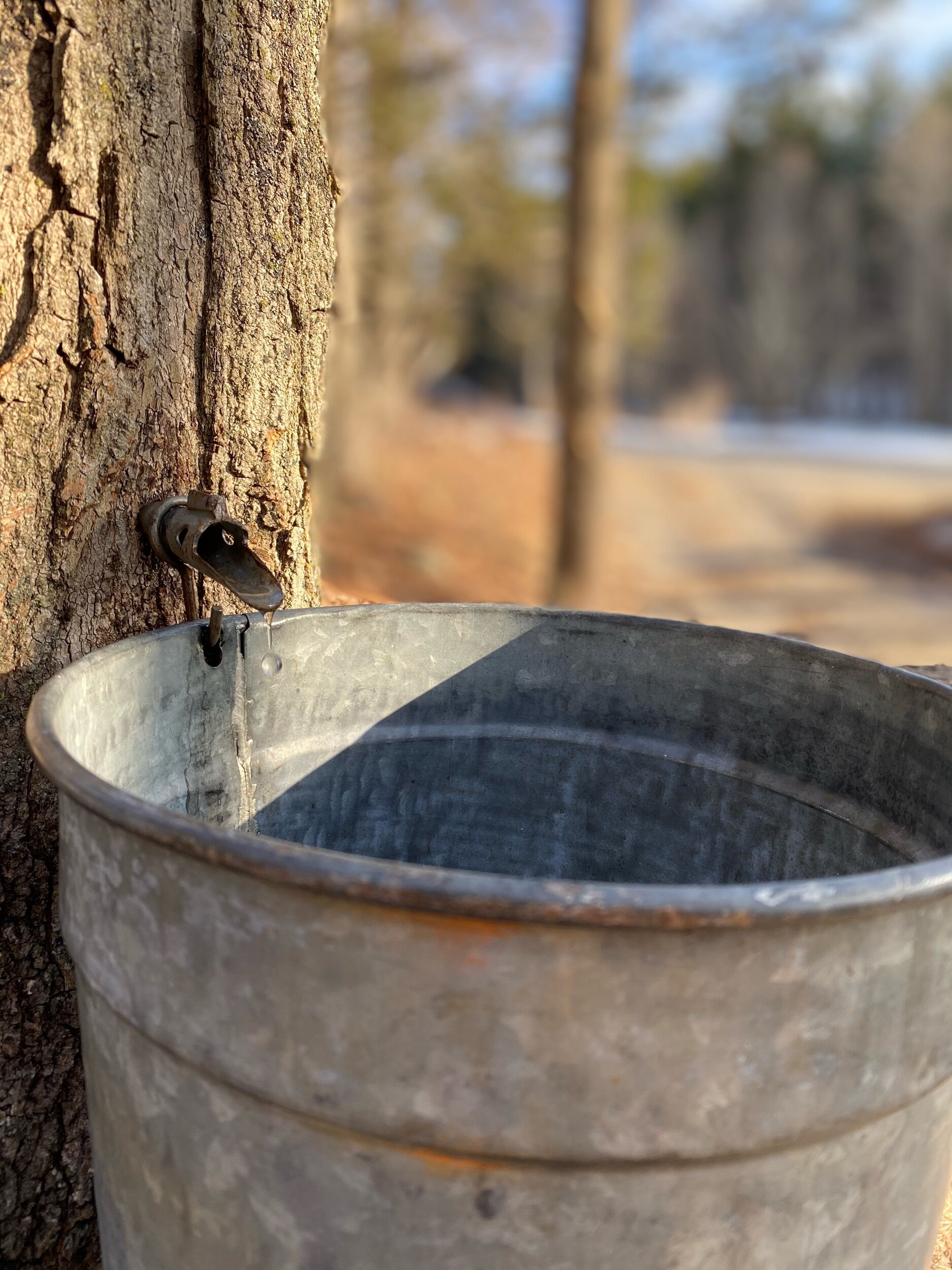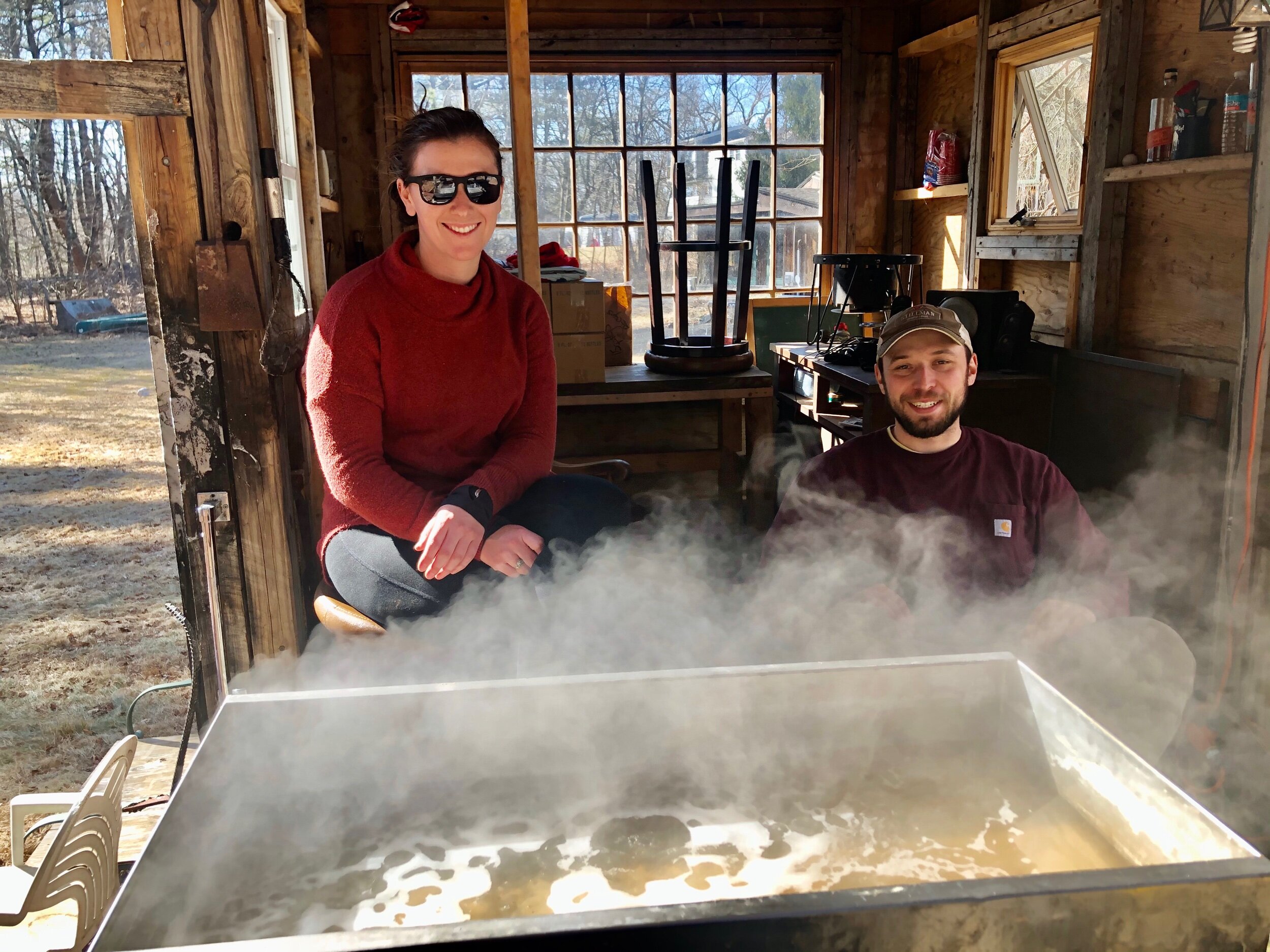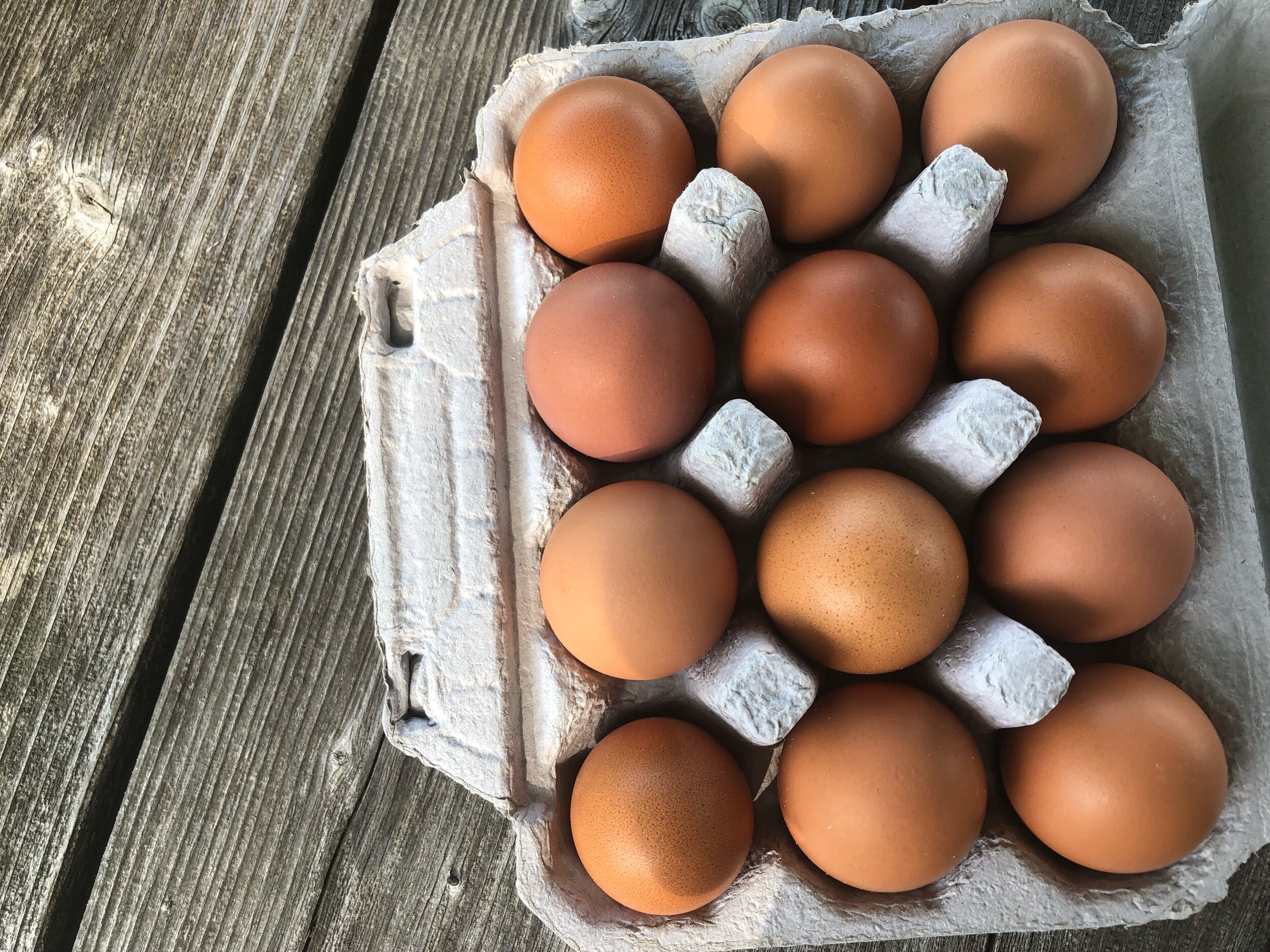Hey there! I’m Hannah, the face behind most of the happenings on our farm.
A bit about me…
My family has owned our farm since 1935, and I’m the 4th generation to farm here. In fact, I’m the only member of the 4th generation.
As a kid, I much preferred to stay inside and watch TV or organize my stamp collection (yeah, I was that kid) rather than explore the outdoors or spend time on the farm. Luckily, my family never forced me into having an involvement in the farm and that all worked out in their favor because now I couldn’t imagine being anywhere else. My whole life now revolves around being outdoors and taking care of our land and animals.
I graduated from the Stockbridge School of Agriculture at UMass Amherst in 2017 with a BS in sustainable agriculture. When I returned home from school, I started my own business on our family farm. It began with 50 egg-laying hens and has grown from there. I currently have over 500 laying hens, 8 goats that go for goat hikes , a few beef cows, and will soon be adding a micro-herd of dairy cows to my menagerie. We also have 7 donkeys, 2 ponies, 3 geriatric sheep, and a couple guinea hens the inhabit the farm and live under my uncle’s care.
As a business owner, I have to wear many hats. Not only do I look after my animals on a daily basis, but I also manage this website, send out all of the email correspondence from the farm, clean allll the eggs, and lead every goat hike. If you send an email, give us a call, stop by the farm, or write us a letter, I’m the one to respond.
If I had free time, I’d like to spend it hiking or travelling. Luckily, I was able to do lots of that before I settled down into the massive commitment that comes with farm life. Now, just having a glass of wine in a field of goats feels like the ultimate vacation.
The backstory of our farm…
While this farm has been in existence for over 200 years, our family has owned it since 1935. At that time, my great-grandparents were living at the farm next door and raising 11 children. They bought this one as well, and when my grandparents got married they officially moved in and we’ve been here ever since. Our farm is 175 acres of hay fields, pastures, and woodlands, that are all protected under a permanent preservation restriction, meaning our farm can never be sold for house lots.
My grandfather and uncle were both full-time dairy farmers here, tending to a herd of registered Ayrshire cows. My uncle, John, sold his herd of cows in 1998, and since then our farm has been relatively inactive beyond yearly hay and pumpkin production.
My uncle (Unkie as I call him) is like a dad to me, and he retired right around the same time that I graduated from college, so I’ve had the great privilege of spending lots of quality farm time with him over the past few years. My ultimate goal is to bring a herd of Ayrshire cows back to the farm and continue the tradition of dairy farming that has been the lifeblood of our farm and family for decades.
The farm in 1912
My grandfather, Ralph Allen, with his very first Ayrshire calves.
My uncle, John, with his Ayrshire cows.
Looking towards the future…
My ultimate goal is to make a life for myself on our farm, to honor the legacy of my family’s agrarian heritage here, and to care for this land and my animals in the best way that I know how. Allowing livestock, land, and nature to work in harmony for the benefit of all is at the forefront of my endeavors.
In this day in age where the majority of society is completely removed from agriculture, I have a passion for connecting people with our small, local farm. I enjoy having visitors at the farm for goat walks and offering the opportunity to connect with livestock and land in a genuine and meaningful way. The more that people can see for themselves and understand what actually happens on farms (especially in regards to raising livestock), the stronger our food systems and communities will be.
Truth and transparency are my highest priority in all of my communications about farm life. On the blog, you’ll find stories about the magic and joys of farming, but also about the perilous realities. This is an incredible life, but it is not without it’s heartbreaks and struggles. You can always count on complete honesty from me.
Plan a visit to our farm by signing up for a goat hike, or shop at our self-serve farm stand 7 days/week year round. We always have eggs in stock, as well as a variety of other seasonal fresh products.
When you sign up for our email list, expect to hear from me once every week or two with updates and stories from the farm, as well as recipes, DIY crafts, and more.


















